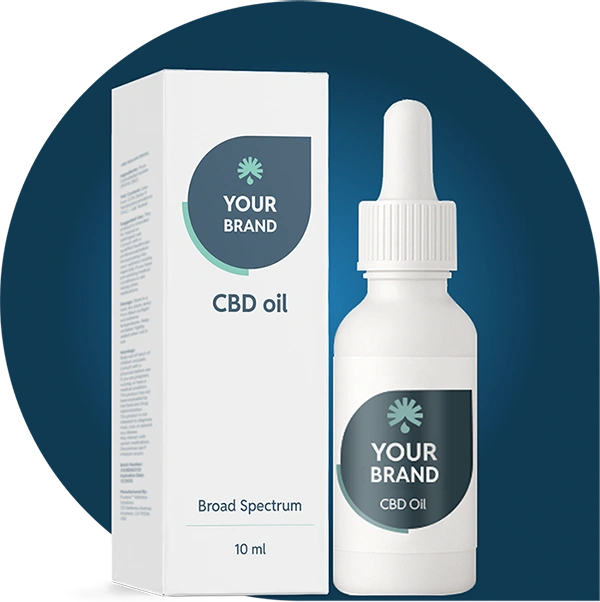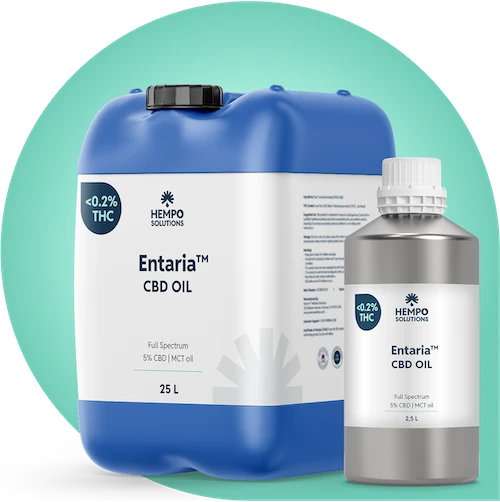What is the Endocannabinoid System?
The endocannabinoid system (ECS) is a complex cell-signalling network found throughout the human body. It plays a vital role in supporting the body’s internal stability (homeostasis) by regulating essential functions such as mood, sleep, appetite, pain perception, and immune response.
Discovered in the early 1990s, the ECS is made up of naturally produced compounds called endocannabinoids, specialised receptors on cells, and enzymes that break these compounds down. It operates throughout both the central and peripheral nervous systems, and is present in the brain, organs, glands, connective tissues, and immune cells.
It’s important to note that the ECS doesn’t work in isolation. It interacts with other systems to help modulate how the body feels, moves, and responds to stress. While its specific tasks vary across different tissues, its overall goal remains the same: helping the body adapt despite changes in the external environment. Even without consuming CBD or other cannabinoids, this system is active in everyone, constantly working to help the body adapt and stay balanced.
How the ECS Works
The endocannabinoid system (ECS) maintains balance in the body through three main components: endocannabinoids, receptors, and enzymes. Together, these elements form a vast network of chemical signals and cellular receptors that help the body adapt to internal and external changes through immediate feedback mechanisms.
For CBD brands, understanding how these components work is essential for recognising how CBD products can support wellness goals by interacting with this natural system.
Endocannabinoids
Endocannabinoids are naturally produced compounds that the body synthesises exactly when needed, acting as part of an immediate feedback system to maintain balance. Unlike some signalling molecules that are stored for later use, endocannabinoids are produced on demand and act as neurotransmitters, helping adjust other processes in real time.
Structurally, they are similar to plant-derived cannabinoids (phytocannabinoids) such as CBD, which is why these compounds can influence ECS activity. Two of the best-known endocannabinoids are anandamide (AEA) and 2-arachidonoylglycerol (2-AG). Anandamide, often called the “bliss molecule,” gets its name from the Sanskrit word ananda, meaning bliss, and is linked to mood and well-being. 2-AG plays important roles in immune response and cardiovascular health.
Receptors (CB1, CB2)

Endocannabinoids and phytocannabinoids work by binding to cannabinoid receptors located throughout the body. These receptors act like locks activated by specific chemical keys, helping regulate many different functions.
-
CB1 receptors are densely packed in the central nervous system (brain and spinal cord), where they act like traffic controllers for other neurotransmitters, adjusting processes such as pain perception, memory, emotional processing, appetite, and sleep.
-
CB2 receptors are more common in the peripheral nervous system and immune cells, helping regulate inflammation and immune responses. They may also play a role in modulating gut inflammation. Importantly, CB2 receptors can be targeted without causing the psychoactive effects associated with CB1 stimulation, making them particularly appealing in research and product development.
The wide distribution of these receptors explains the ECS’s role in maintaining balance across many different body systems.
Other ECS Targets Beyond CB1 and CB2
Emerging research suggests CBD may also interact with other receptors beyond the classic cannabinoid system:
-
TRPV1 (vanilloid) receptors, involved in pain and inflammation signaling.
-
GPR55, a receptor implicated in bone health and inflammation.
-
5-HT1A serotonin receptors, which may explain some potential calming effects.
These broader interactions highlight the complexity of CBD’s effects and offer opportunities for innovative product development and education.
The Entourage Effect and the ECS
The entourage effect is the concept that cannabinoids, terpenes, and other natural compounds from hemp work better together than in isolation. When multiple components interact with the ECS at the same time, they may support a broader range of effects than CBD alone.
For example, CBD may indirectly influence the ECS by increasing endocannabinoid levels, while other cannabinoids like CBG or CBC can target different receptors, and terpenes may enhance or modulate the overall response. This synergy helps explain why full-spectrum and broad-spectrum CBD products often deliver more noticeable results than isolate-based formulations.
Understanding the entourage effect gives brands a valuable way to explain the difference between product types and guide customers toward options that better match their needs.
Enzymes
Enzymes are responsible for breaking down endocannabinoids once they have fulfilled their role, preventing overstimulation and helping maintain balance.
Two key enzymes are:
-
FAAH (fatty acid amide hydrolase), which primarily breaks down anandamide (AEA).
-
MAGL (monoacylglycerol lipase), which breaks down 2-AG.
CBD does not directly activate CB1 or CB2 like THC does. Instead, it indirectly modulates ECS activity, such as by inhibiting FAAH to increase the body’s own endocannabinoid levels and help maintain balance.
Summary of Endocannabinoid System
Understanding how the ECS functions helps CBD brands appreciate the science behind the products they offer. By recognising how endocannabinoids, receptors, and enzymes work together to maintain balance in the body, brands can better communicate the role of CBD in supporting this natural system. This knowledge not only builds credibility with customers and retail partners but also reinforces a commitment to offering effective, evidence-informed wellness solutions in a competitive market.
Why Understanding the ECS Matters for CBD Brands
For CBD retailers and brands, understanding the endocannabinoid system isn’t just science – it’s a strategic advantage.
-
Train confident staff. Educated teams can answer customer questions clearly and accurately.
-
Build customer trust. Transparent explanations help avoid hype and position your brand as credible and informed.
-
Choose the right products. Knowing how the ECS works guides better product selection for goals like sleep support, stress management, or overall wellness.
-
Avoid risky claims. Staying grounded in real science helps your brand comply with regulations and maintain customer loyalty.
By understanding the ECS, CBD brands can deliver value beyond the product – through education, service, and trust.
Responsible Marketing and Compliance
While research on the ECS and cannabinoids is growing, many jurisdictions limit or prohibit specific health claims for CBD products. Brands should focus on education and transparency, avoiding unproven or exaggerated medical claims.
Clear, evidence-informed communication not only supports compliance but also builds long-term trust with customers and partners.







